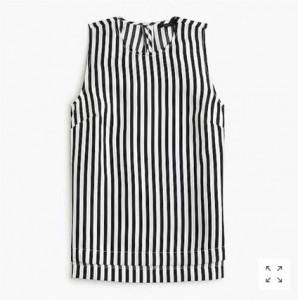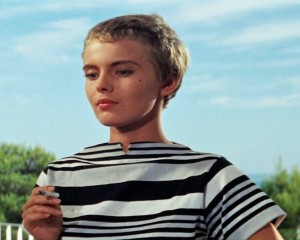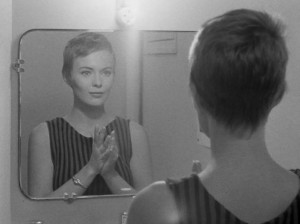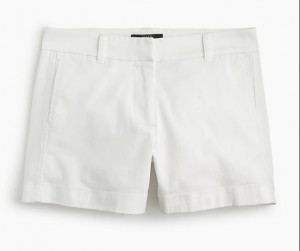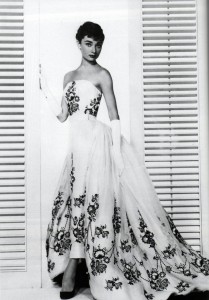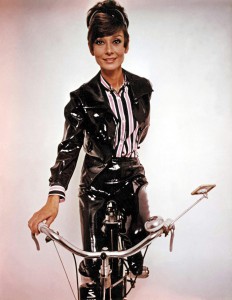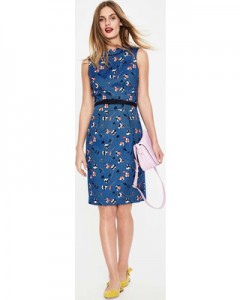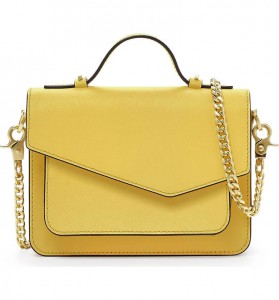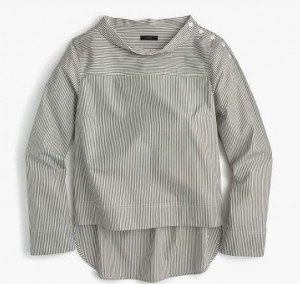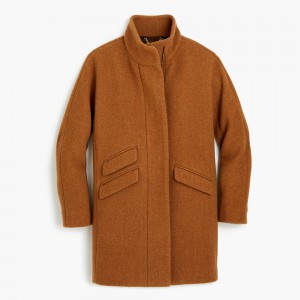Of course, the last post on this blog before my unintentional hiatus was Why I Stopped Dressing My Truth, Part 2. And of course I stopped, because what I thought was my Truth was not my truth–the post before that was perfectly 4/1 and I was talking about disobeying my recommendations.
So I left DYT because I was tired of trying to fit myself into Type 3, where the jewelry was too big and the clothes were too textured and heavy. I think some people do find that DYT just does not work for them, but in my case, it wasn’t working because I had placed myself incorrectly within the system. Once I realized that, though, it was like getting everything back that I loved after years of thinking that I just wasn’t bright enough to handle black and white and pure colors.
This began to change a little when I realized that all of David Kibbe’s palettes go pretty bright. He doesn’t seem to be much of a fan of things in the Soft range. Accepting David’s view of color, I gave myself permission to go brighter, especially as even DYT T3 seemed to be moving in a more vivid direction.
I pretty much rejected T3 style but kept the T3 colors, thinking of it as a four-season Autumn. But once I realized I was 4/1, it was basically just giving a name to what I was doing already, and giving myself permission to add black and white to my wardrobe, as well as some colors like non-peacock blue.
I don’t think that I would get black from David–only Winters get black in his world, and his Winters are very cool and high contrast. But I’m still enjoying allowing myself to express myself using the T4 palette, and I find that keeping 4/1 helps me get my FG yin/yang balance correct. Like many Gamines, I have a tendency to go entirely to the yang side, and T1 reminds me to add back in more yin.
Besides Kibbe, the only stylist I’d want to go see is David Zyla, but that is forever a puzzle to me. For now, using 4/1 to inform my FG expression feels right to me.
How have you found working with DYT, if you use it? Does it work with your other style system discoveries?

